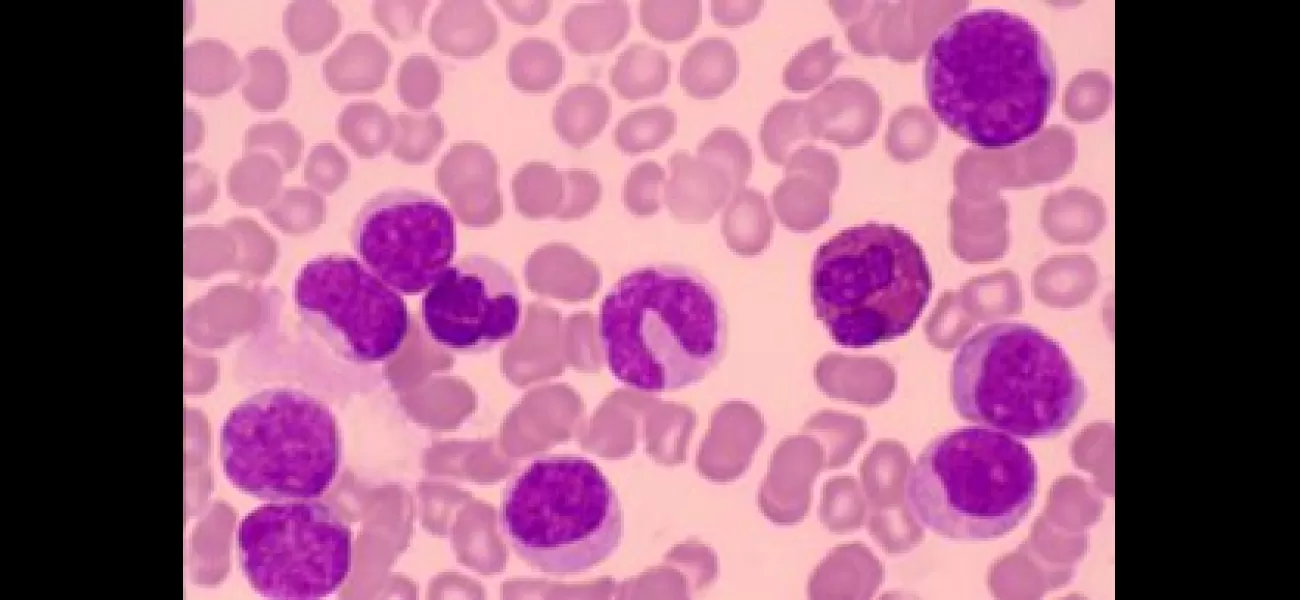Black childhood cancer patients are seeing a decrease in mortality due to improved treatments.
Brain cancer is now the top cause of cancer-related deaths in kids, followed by leukemia.
November 18th 2023.

A new report has found that Black children with cancer have not experienced the same advancements as other children with cancer over the past decade. According to the Associated Press, the mortality rates among Black, Hispanic, and white children with cancer were the same in 2001, but the next decade saw a decline in rates for white children that was not seen among other groups.
The Cancer in North America report on the most common types of cancer diagnosed in children and adolescents in the US between 2016 and 2020 revealed that the incidence rate of leukemia was about twice as high in Hispanic children and adolescents as in Black children and adolescents. Additionally, a study by Kim D. Miller, MPH, an ACS epidemiologist, found a 0.7% yearly increase in incidence rates of cancerous brain tumors among children from 2008 to 2017, and the five-year survival rates for Black children and adolescents with brain cancer were the lowest.
Why is there an opening death gap? Despite the advances in medical therapy and technology, further studies are needed to understand the financial burden associated with medical costs among childhood patients and their families. In one research article, the median total outpatient hospital cost for "newly diagnosed acute myeloid leukemia patients" was $2,904 per patient, inpatient hospital cost was $83,440 per patient, and ICU cost was $16,550 per patient. Dr. Sharon Castellino, a pediatric cancer specialist at Emory University's Winship Cancer Institute in Atlanta, said “You can have the most sophisticated scientific advances, but if we can’t deliver them into every community in the same way, then we have not met our goal as a nation.”
Dr. Castellino further highlighted the difficulty of the situation for families, saying “You need at least one parent to quit their job and be there 24/7, and then figure out the situation for the rest of their children. It’s not that families don’t want to do that. It’s difficult.” As one example, St. Jude's Children's Research Hospital does not charge families for treatment, travel, housing, or other expenses, allowing them to prioritize their children's battle for survival.
St. Jude’s has recently announced its partnership with 10-time Grammy-winning group Take 6, collaborating on the hospital's “Music Gives to St. Jude‘s Kids” program, designed to connect music lovers their passion for music. This is one example of the efforts being made to ease the financial burden for families of children with cancer.
The Cancer in North America report on the most common types of cancer diagnosed in children and adolescents in the US between 2016 and 2020 revealed that the incidence rate of leukemia was about twice as high in Hispanic children and adolescents as in Black children and adolescents. Additionally, a study by Kim D. Miller, MPH, an ACS epidemiologist, found a 0.7% yearly increase in incidence rates of cancerous brain tumors among children from 2008 to 2017, and the five-year survival rates for Black children and adolescents with brain cancer were the lowest.
Why is there an opening death gap? Despite the advances in medical therapy and technology, further studies are needed to understand the financial burden associated with medical costs among childhood patients and their families. In one research article, the median total outpatient hospital cost for "newly diagnosed acute myeloid leukemia patients" was $2,904 per patient, inpatient hospital cost was $83,440 per patient, and ICU cost was $16,550 per patient. Dr. Sharon Castellino, a pediatric cancer specialist at Emory University's Winship Cancer Institute in Atlanta, said “You can have the most sophisticated scientific advances, but if we can’t deliver them into every community in the same way, then we have not met our goal as a nation.”
Dr. Castellino further highlighted the difficulty of the situation for families, saying “You need at least one parent to quit their job and be there 24/7, and then figure out the situation for the rest of their children. It’s not that families don’t want to do that. It’s difficult.” As one example, St. Jude's Children's Research Hospital does not charge families for treatment, travel, housing, or other expenses, allowing them to prioritize their children's battle for survival.
St. Jude’s has recently announced its partnership with 10-time Grammy-winning group Take 6, collaborating on the hospital's “Music Gives to St. Jude‘s Kids” program, designed to connect music lovers their passion for music. This is one example of the efforts being made to ease the financial burden for families of children with cancer.
[This article has been trending online recently and has been generated with AI. Your feed is customized.]
[Generative AI is experimental.]
0
0
Submit Comment





